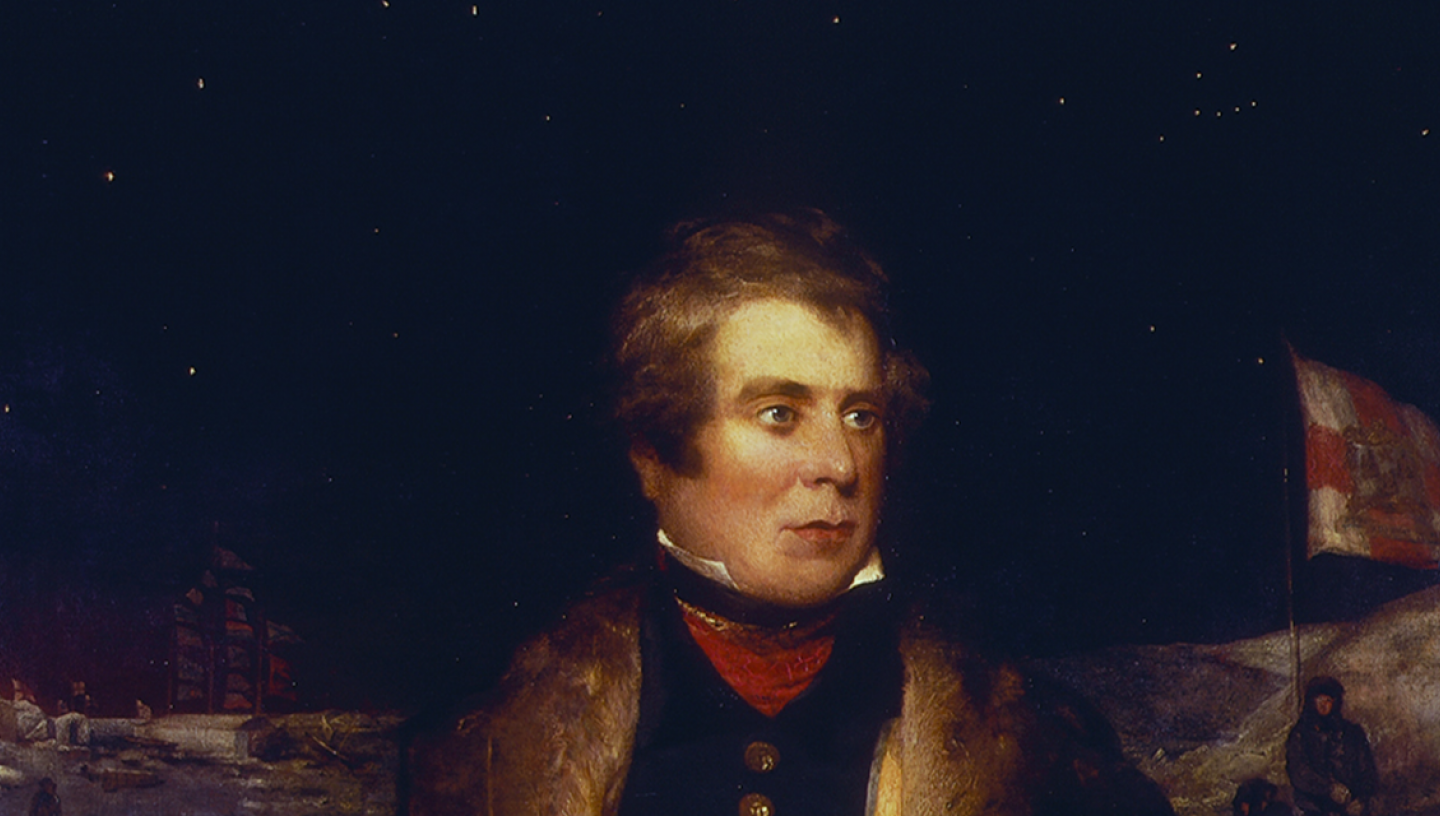
John and James Clarke Ross North-West Passage expedition 1829–33
After a failed attempt in 1818, John Ross returned to the Arctic to search for the North-West Passage with his nephew James Clark Ross in 1829.
Explorer John Ross first voyaged to find the North-West Passage – the seaway through the Arctic, linking the Atlantic and Pacific Oceans – in 1818. He had wrongly claimed that Lancaster Sound was enclosed by mountains and was keen to restore his reputation. He thought that a smaller, shallower ship, with an auxiliary steam engine, would have more success than the larger vessels that had been sent to the Arctic.
The British Admiralty had no interest in backing the voyage after Ross’s previous failure, so Felix Booth, a gin magnate, supplied the funding. Ross set sail with his nephew, James Clark Ross, in May 1829 on board the reinforced steamer Victory. The voyage would turn into a four-year ordeal.
Prince Regent Inlet
In August they reached Lancaster Sound, where Ross had turned back 11 years earlier. This time the voyage pushed on and headed south into Prince Regent Inlet. At Somerset Island they found the wreck of the Fury left by William Edward Parry in 1825 and took on board some abandoned provisions. By September, they had travelled 250 miles further south into the Inlet than any previous expedition. The Victory wintered for the first time at Felix Harbour, where it was blocked in by ice.
Magnetic north pole
Ross and his crew spent an incredible four winters in the Arctic. As each spring and summer came attempts were made to break free, but they made slow progress. During this time Ross’s crew made several overland expeditions, clarifying the geography of the Boothia Peninsula and King William Island. The most notable trip found the location, at that time, of the north magnetic pole (since it is estimated the pole moves 40 km per year in a north-west direction).
Abandoning ship and rescue
When it became clear that the Victory would remain stuck in the ice for the winter of 1831-32, Ross decided to abandon ship the following spring. The crew went north on foot to Fury Beach– a journey of 300 miles. Here they set about repairing the Fury’s boats, which had been abandoned by William Edward Parry in 1825. The aim was to row to Baffin Bay and meet the whaling fleets there the following year.
Their first attempt was blocked by ice in Lancaster Sound and they returned to Fury Beach, spending their fourth winter in the Arctic. The following August, a second attempt was made and in a twist of fate the crew was rescued by the ship Ross had used on his 1818 voyage, the whaler Isabella.
Ross returned to a hero’s welcome and was knighted, having demonstrated - like Franklin - the will to survive in extraordinary circumstances.
Find out more: